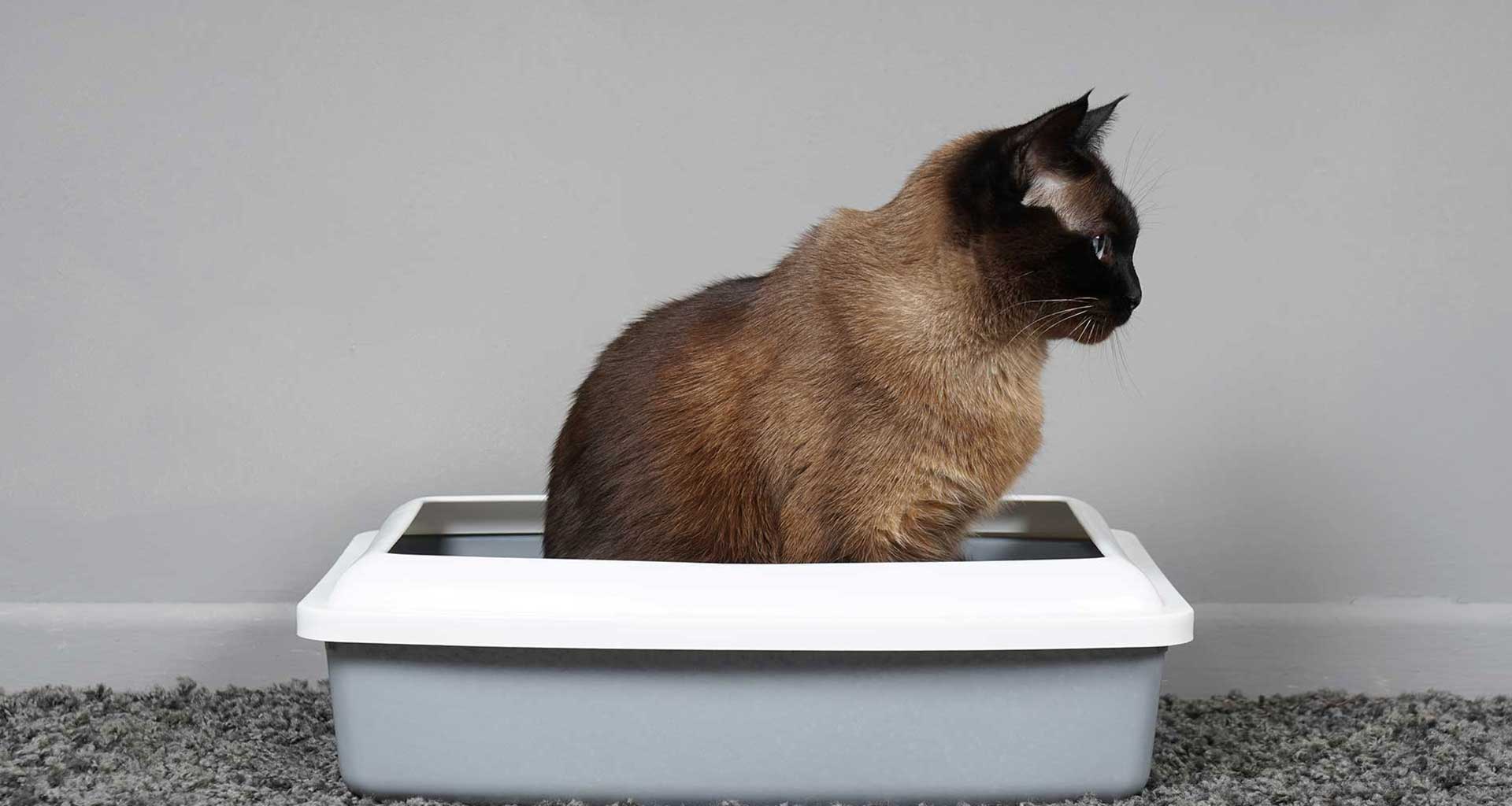We’ve put together all the do’s, don’ts, tips and tricks that come with keeping your cat’s litter box clean, and your cat comfortable and happy.
Pick of the litter
You may have realised in your journey to a perfect litter box that there are many different types of litter to choose from including:
- Clumping litter – this litter absorbs moisture for quick and easy removal of affected litter but can leave the area around the tray messy with litter.
- Non-clumping litter – while not as easy to identify and remove soiled litter, it is less likely to leave a trail of litter outside the box
- Fragranced litter – can help to reduce the litter box odour, however your cat may be sensitive to the smell and this can deter them from using the litter box
- Recycled paper pellets – highly absorbent and eco-friendly, however these will need to be changed more often that other pellets
- Silicone crystal pellets – very absorbent and great at keeping in the odour, but can be dangerous if ingested by your cat
The choice of litter at the end of the day will very likely come down to your cat’s own preference and involves a bit of trial and error to begin with.
Think inside the box
When picking the tray itself there are commonly two types – ones with lids and ones without. Covered litter trays are more appealing as they stop spillage and any mess around the tray, the downside is that your cat may not like it. Most cats prefer to use a box without a lid. You can always start out with a covered tray if that’s what you choose, your cat will let you know very quickly if a cover is not the way to go.
To line or not to line?
The purpose of the liner is to protect the tray itself while theoretically making it easier to throw away the litter when you are changing it over. Some things to thing about:
- Cat’s usually dig in the litter before doing their business, which means they could scratch and make holes in the liner
- If the liner isn’t the right size then urine can build up at the sides of the box.
- Your cat may not like the presence of the liner itself
Again, this will be a matter of trial and error and what works for you and your cat.
Nailing the set up
The rule is that there should be at least one litter box per cat in each household. So, if you have multiple cat’s, you will need a litter box for each of them, and ideally one extra.
Make sure to choose a spot with some privacy, but not in a place where your cat feels like they are trapped and can’t escape from threats. Avoid high foot traffic, noisy areas and keep it a good distance away from the food and water bowls. Once you’ve found the spot, keep it there consistently and avoid moving the box to other areas.
If you are using a liner, put the liner down first and make sure it is covering all the edges. When filling it with litter, it is recommended to start with 2 – 3” of litter in the tray. You may find you need more or less depending on the habits of your cat. Generally cats prefer a deep litter layer.
Best cleaning habits
To achieve proper litter box maintenance, you should scoop out any waste on a daily basis. To do this you will need a scoop and gloves. Use the scoop to remove the areas of litter that have been soiled and any solid chunks – this is where clumping litter comes in handy. Dispose of the waste and replace the lost litter with fresh litter. Doing this daily will stop any odours from forming and will encourage your cat to use the tray. If it gets too dirty your cat won’t want to use it and it can cause reluctance to urinate or defecate, neither of which are a good idea in cats.
Once a week you should give the tray a full cleaning. To do this you need to remove all of the litter and wash the tray with soapy warm water and rinse thoroughly. Once dry, fill up the tray again and put it back it it’s proper place.
Troubleshooting the tray
If you find that your cat isn’t using the litter box, there could be a number of reasons and solutions.
- You need to clean the tray more often
- The litter box may be too small for your cat
- The box is not in a spot where your cat feels comfortable or may be too close to their food and water bowls
- If you use a liner or a cover, try it without one
- The litter level may be too shallow or deep
- Your cat may not like the type of litter you choose
Work your way through theses issues one by one to see if you cat starts to use the litter box once you make a change.
There could also be an explanation unrelated to the litter box as to why your cat isn’t using it. If you suspect this is the case, you can bring your cat in to see one of our veterinarians or veterinary nurses for further advice.


